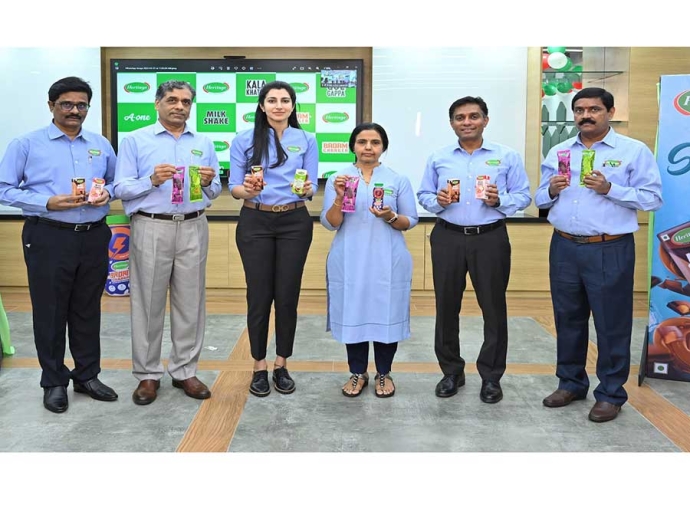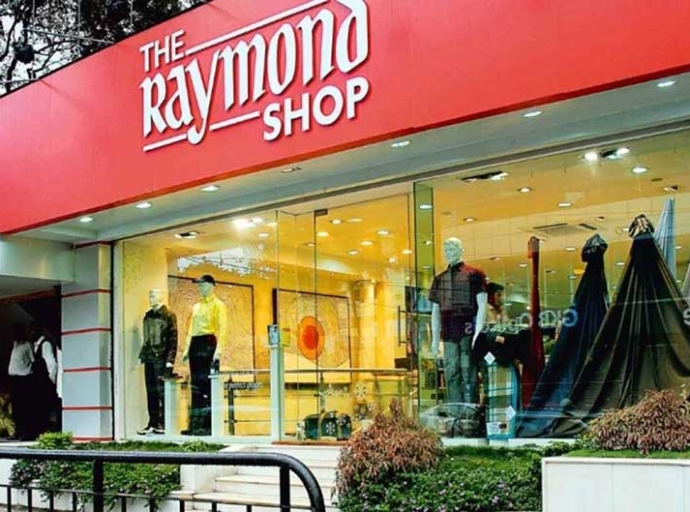29 September 2022, Mumbai:
Textile Secretary U P Singh earlier this year on the heels of launching this scheme meant & curated for the labour-intensive textile and garment sector alluded," A total of 67 proposals were received under the PLI scheme for the textiles sector with an investment potential of over Rs 19,000 crore under the production linked incentive (PLI) scheme for textiles". The Notification for the scheme was issued on 24.09.2021.
WHY this scheme
10 Commandments
1. Ease of Doing Business for MSMEs by attracting investments and promoting startups and MSMEs.
2. Augmenting India's Textile Sector producing capabilities and harnessing exports' heft with an allocated capital outlay of Rs 10,683 crore through the next five-year period.
3. To fuel & spur the sector's growth prospects.
4. Facilitations like the center removing the import duty on cotton.
5. The textile industry is the second largest employment generator in the country, next only to agriculture thus this can be a catalytic action.
6. The sector responsible for direct and indirect employment of about 105 million people, a major part of which is women.
7. Aims to create global champions.
8. The scheme is expected to further the vision of Atmanirbhar Bharat and position India strongly on the global textiles map.
9. Being a part of our Hon'ble PM vision 'Panch Pran' 5Fs—farm to fibre to the factory to fashion to foreign.
10. The objective is to enable the Textile sector to accomplish size and scale and to become competitive in a missionary mode.
Stated Position
The proposed scheme comes up with a projected turnover of Rs. 184,917 crores with proposed strong job creation of 240,134 for over a dozen sectors including Textiles products like MMF apparel, MMF fabrics, and outcomes of technical textiles, man-made fibre, technical textiles, white goods, medical devices, automobiles, and auto components.
The PLI scheme for textiles covers 40 man-made fibre (MMF) garment items, 14 MMF fabric goods, and 10 technical textile products. In the bargain aspiring to take over good market share through increasing production capacity domestically for the segments such as technical textile, having a potential for an uptick in growth.
The EGoS chaired by the Cabinet Secretary will monitor the progress of this PLI scheme; undertake periodic reviews of the outgo under the Scheme; ensure uniformity with other PLIs and take appropriate action to ensure that the expenditure is within the prescribed outlay Commenting on this scheme Hon'ble Textile Minister, Piyush Goyal stated," “We have taken a number of steps to promote the growth of the technical textile sector. There has been an outstanding response for the PLI scheme".
A supportive system is a panacea
The scheme may help Indian garment manufacturers scale up operations at a time when the government is negotiating tariff concessions under FTAs with the UK and the European Union.
Further in major support to enhance the competitiveness of the sector, the government notified Complimentary schemes like the setting up of 7 PM mega integrated textiles region and apparel park (MITRA) parks in October 2021 with a total outlay of Rs. 4,445 crores.
New logistics policy 2022
The policy optimistically eyes at shrinking the logistics cost incurred up until now in India. To be fair it eyes at attaining competitive comparability to global benchmarks by 2030. This shall happen to move ahead climbing up on the rank scale seeking a target of 8% of GDP or thereabouts. It is envisaged to help India in attracting investments, and give a fillip to generate employment.
PLI-2 scheme
At the outset, we may not be able to share the specifics but as we write the sources indicate PLI 2.0 is under serious review given an unutilized budget of about Rs 4,000 crores. We are not quite up there & good bit is, as the scheme is chugging along the government is eyeing to oversee/watching this space very closely in terms of its outcomes & considerations of multi-stakeholders beginning consultations/evolving consensus around it within the industry.
To be very fair, the second production-linked incentive scheme may like to relax criteria on the options like providing certain flexibilities to investors under the production-linked incentive (PLI) scheme for the man-made fibre (MMF) besides may introduce incentives for manufacturing of home textiles articles such as blankets, provisions like a sector-specific minimum number of stitching and sewing machines too could be added.
It could allow cotton-based players to take advantage of the scheme, and drastically reduce the turnover and investment limits to enable even medium enterprises to set up units under it.
In the new scheme, the minimum investment will likely be as low as Rs 15 crores for companies to qualify for the incentives. There could be two other investment brackets, Rs 30 crores and Rs 45 crores. The annual turnovers have to be double the investment limits. However, the maximum incentive may be kept at ten per cent against 15 per cent in the earlier PLI.
Even before the pandemic struck, textile and garment exports shrank 8% in fiscal 2020. The textile and apparel/garment sector, comprising mainly medium and small units and dominated by cotton-based players, has been seeking the inclusion of cotton players, along with a reduction in high turnover and investment limits, in the PLI scheme, to benefit a wider pool of businesses.
Way forward
Looking at reports from the Confederation of Indian Industry (CITI) and international consulting firm Kearney, India's textile exports are predicted to increase by 81% to $65 billion by 2026 from the pre-Covid level of roughly $36 billion in 2019.
This growth will be supported by the global "China Plus One" sentiment that puts us in a comfort zone again as China is reversing a bit. Due to India's more deep strategic bench compared to Vietnam or Bangladesh, the article stated that a sizable portion of this targeted growth, or roughly $16 billion, may come from the China Plus One sentiment.
The latest Ruchi Sharma report on India alludes that with the benefits of hindsight where it has been bunched up with the likes of Vietnams & Indonesias of the world being in a different ship so to say, and is an island of growth and is best positioned today.
The scheme has sometimes detractors/naysayers referring that more needs to be placed on the table than what we have as of now and needs to be recast, better calibrated with the reality of the day and requires active trade promotion.
But optimists see schemes in the making as having the wherewithal/demonstrability to make industry resilient and attractive despite of COVID impact on future investments reducing over-concentration on imports and import substitutes saving vital forex. Additionally, it promises to be an economic multiplier with a high potential to generate employment vs. many other low-labour-intensive industries.
Latest Publications


































